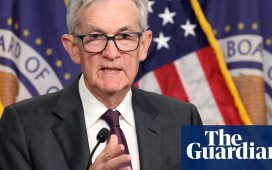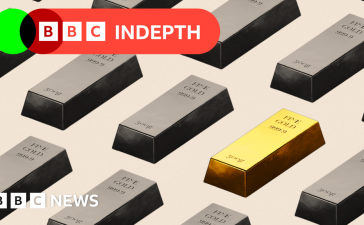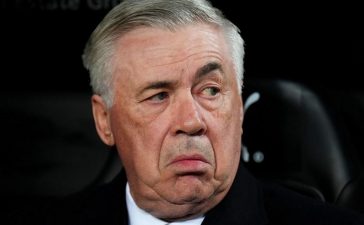
© Reuters. Employees are seen next to lead-and-zinc ore crusher at the Novoangarsky lead and zinc ore dressing plant on a former riverbed of Angara river near the Siberian settlement of Novoangars, Russia, August 17, 2016. Picture taken August 17, 2016. REUTERS/Ilya
MOSCOW (Reuters) – Costs in Russia’s manufacturing sector rose in February for the first time in 10 months, data from the state statistics service Rosstat showed on Wednesday, driven by a sharp jump in the cost of metal ore mining and oil and production.
The producer prices index (PPI), a measure of costs in the manufacturing sector, increased 0.9% in February, the first month-on-month rise since April 2022.
On an annual basis, the PPI was down 7.5% in February, Rosstat said. In the same month last year, the index had risen 23.7% year on year.
The cost of oil and natural gas production was 3% higher in February, with metal ore extraction costs up 7.3%, the data showed.
A separate set of Rosstat data showed that consumer prices climbed faster in the week to March 20, increasing by 0.1% after a rise of 0.02% in the previous week.
Russia’s central bank held its key interest rate at 7.5% last Friday, maintaining its hawkish rhetoric as a widening budget deficit and labour shortages pose inflationary risks, and said rate hikes were more likely than cuts this year.
Since the start of the year, consumer prices have risen 1.42%, a slower pace than in the same period of 2022, Rosstat said.
Separately, the economy ministry said inflation was running at an annualised rate of 5.99% as of March 20, slowing from 7.65% a week earlier, as last year’s base effect takes hold.
The central bank expects annual inflation to dip temporarily below the 4% target in coming months.
Inflationary pressure, though elevated, is showing some signs of easing. Inflationary expectations for the year ahead among Russian households, an indicator closely watched by the central bank, dropped to 10.7% in March, the lowest since March 2021, and down from 12.2% in February.
But Russians’ propensity to save continues to grow, the central bank said in a report on Wednesday, with 57.3% of those surveyed preferring to save than to spend money on costly goods. Businesses’ price expectations remain elevated, the bank said.








